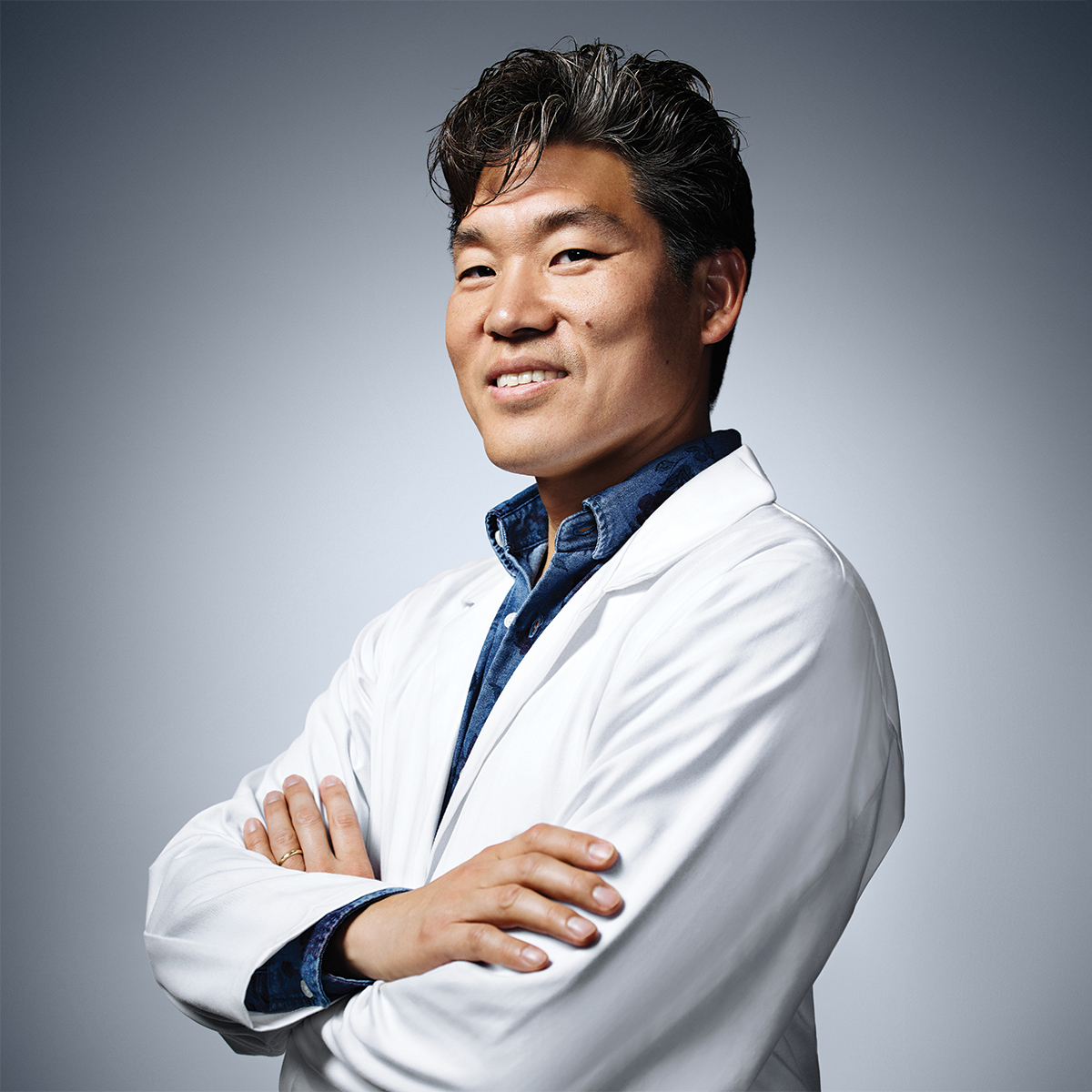Can KJ Seung Change How the World Treats Tuberculosis?

Photograph by David Yellen
Doubt fluttered through KJ Seung’s stomach as his jet touched down in Pyongyang. It was the fall of 2010, and once again the Boston-based doctor was crossing into North Korea, the land of his father’s birth. Although Seung had been all over the world, this was different: He was now entering a country that was openly hostile to outsiders, and there was no telling what its paranoid government might do if it suspected him of making a wrong move. As he crossed the tarmac and entered the small airport terminal, he knew he was already cut off from his colleagues and, indeed, the rest of the outside world. His cell phone was useless. Email was restricted. But there was a killer on the loose, and Seung had more than a hunch that it was the same airborne assassin he had tracked in Peru and had hunted in sub-Saharan Africa: a particularly deadly form of tuberculosis.
Just the year before, Seung had heard anecdotal evidence that North Korea was being ravaged by an epidemic of multidrug-resistant tuberculosis, a highly contagious disease that tears through entire communities, jumping from person to person by way of just a cough or a sneeze. He’d begun coming to the so-called Hermit Kingdom to gather evidence, quietly building a case. To prove his hypothesis, he’d had to complete a medical Mission: Impossible: making his way through one of the world’s most closed societies, collecting samples from ailing North Koreans, and transporting them safely out of the country for analysis. And he wasn’t done yet.
It was a small miracle that he’d been allowed into the country in the first place. As one of a tiny number of TB specialists in the world—and one whose father hails from North Korea—Seung was given singular access to the poorest parts of the country. He had just two weeks to visit a handful of sites where tuberculosis victims were quarantined. These facilities ranged from hospital-like structures in the capital city to stout concrete barracks with slate roofs and walled-in yards in the rural western provinces. They lacked steady electricity and modern medical equipment, but had an abundance of bone-thin patients who had been sick for months, if not years.
Unlike quick killers such as Ebola and cholera, TB throttles its victims slowly. Mycobacterium tuberculosis, the bacterium that causes tuberculosis, stakes a claim to the lungs, then drains through the lymphatics into the blood. With each pump of the heart, the bacteria are carried into the liver, spleen, lymph nodes, and bone marrow, launching their infectious assault throughout the body. As the bacteria divide and consume the lungs, patients are forced to gasp for air in order to speak.
At each sanatorium Seung visited, the lines of withered patients were longer than he expected. If he had enough drugs for 20 deathly ill people, 40 showed up. Day in and day out, Seung was forced to play God: On his shoulders was the decision of who would have a chance to live and who was certain to perish.
If a person has a non-drug-resistant form of TB, he or she is treated with a cocktail of four “first-line” drugs. The fix isn’t a cakewalk: It takes between six and eight months, and cures approximately 85 percent of the infected. But drug-resistant TB is far, far worse: It’s cloaked in a bulletproof vest that renders the most important first-line drugs useless. In order to treat drug-resistant TB, patients must take at least five different drugs—all of which carry vicious side effects, including near-instantaneous vomiting—for two full years. The average patient who survives will have consumed 14,600 pills in treatment. Patients must also withstand eight months of daily injections with chemicals that can cause hearing loss—some patients will go totally deaf—psychiatric issues, and kidney failure. Fewer than half of the people who manage to survive this toxic slog end up cured.
When Seung began traveling to North Korea in 2009, there were no labs or equipment in the country that could test for drug resistance. Instead, patients were given a small plastic container shaped like a bullet and instructed to take a deep breath, then cough up as much mucous as they could muster from their lungs—so that scientists could analyze and pinpoint the specific strain of TB. Then Seung packed the samples into his luggage, hoping to deliver them to a lab in South Korea on his way home to Boston.
Those first visits, it turned out, were just the beginning. He would have to return again and again. All told, he managed to collect more than 200 samples. The results, Seung says, were “disturbing.” Eighty-seven percent of the suspected cases were, in fact, resistant to the first-line drugs being used. Though it had remained hidden for years, North Korea was in the throes of a full-fledged outbreak—one that the secretive country was ill equipped to fight. Untreated, it could scorch the entire Korean peninsula, and beyond.
For Seung, the discovery came with an awful pang of recognition. Unfortunately, he’d seen it all before.


